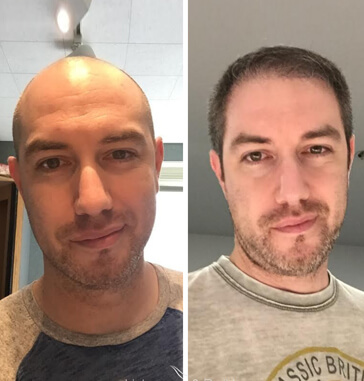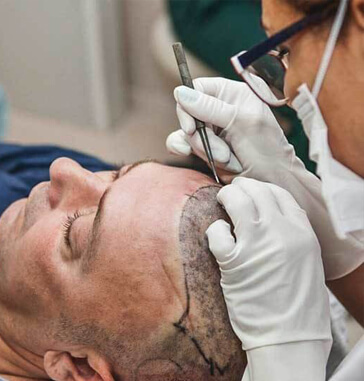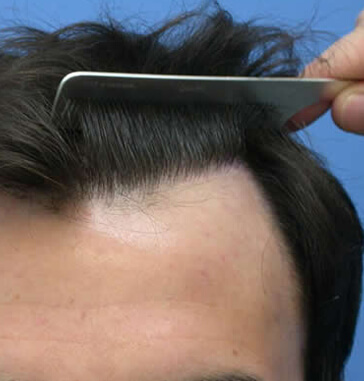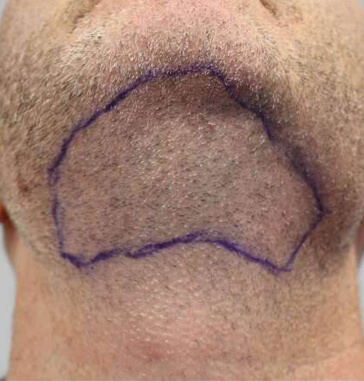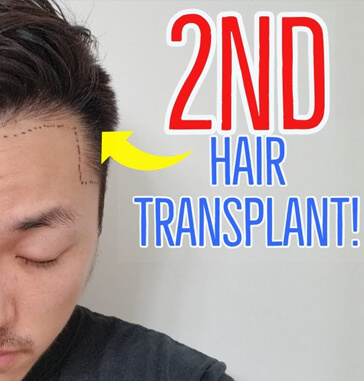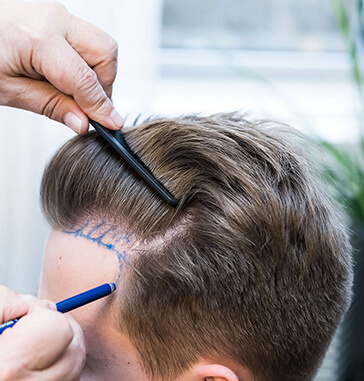What Is A Hair Transplant From Beard To Head?
Hair transplantation from beard to head is usually a necessity rather than a preference. Even though hair transplantation techniques are gradually developing in terms of both quality and efficiency, insufficient hair in the donor area is still a major issue. If the patient does not enough hair follicles in the scalp, the surgeon may decide to use other hairy areas of the body to extract hair follicles.
Patients with severe balding issues, those with an insufficient amount of hair in the neck, and patients with both problems are good candidates for hair transplant from beard to scalp. Thanks to the other options as beard, patients with such obstacles now successfully have hair transplants. Utilization of other hairy areas of the body helps both the patient and the doctors overcome these obstacles. To this aim, the beard is the most preferred donor area, right after the scalp because the beard is full of hair follicles that have similarities to the hair in the scalp.
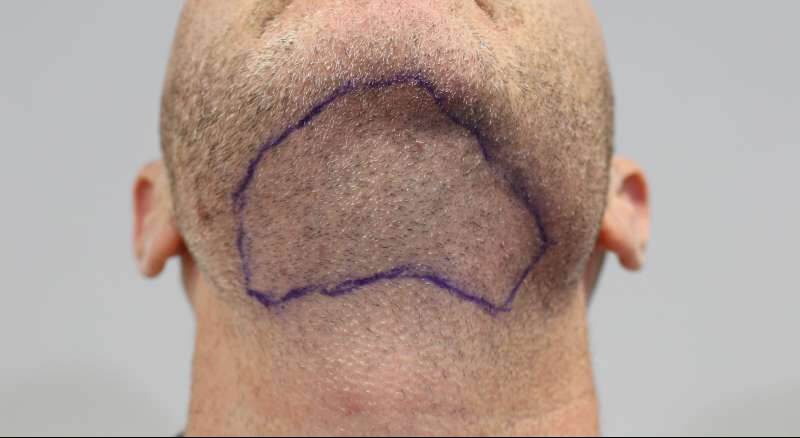
Hair Transplant From Beard To Head Procedure
Hair transplant from beard to the scalp is similar to other hair transplant procedures. Your doctor will first plan the surgery and prepare you for the procedure. They should first analyze the beard to see if there are enough hair follicles to transplant. If there are not enough hair follicles the patient may lose beard density after the transplantation, which may be an unfavorable result for most patients. Your doctor will also decide which parts of the beard are ok to take hair follicles out.
Right after the planning stage, your doctor will numb the donor area and collect the grafts. Your doctor will need to shave your beard if it is too long but if it is only a stubbly beard then no need to shave. Your doctor should also be careful about naturally taking the grafts. If they cause apparent areas of baldness while taking the grafts out, your beard will look unnatural. To provide a natural look, your doctor may collect grafts from under the chin.
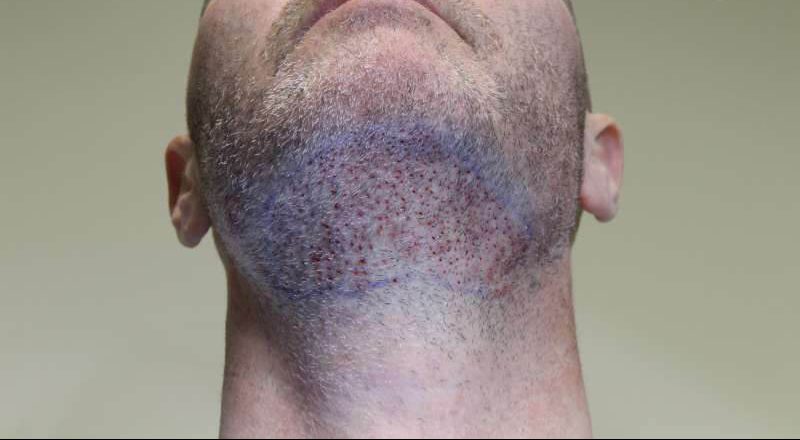
Lastly, your doctor will harvest the hair follicles into the balding areas. Another point to consider is the structural differences between body hair and beard. The patient should know that these hairy areas have different characteristics in terms of color, thickness, and the like. After the procedure, there may be a slight color difference between the beard hair and scalp hair. However, your doctor will distribute the beard hair in a way that they will blend in.
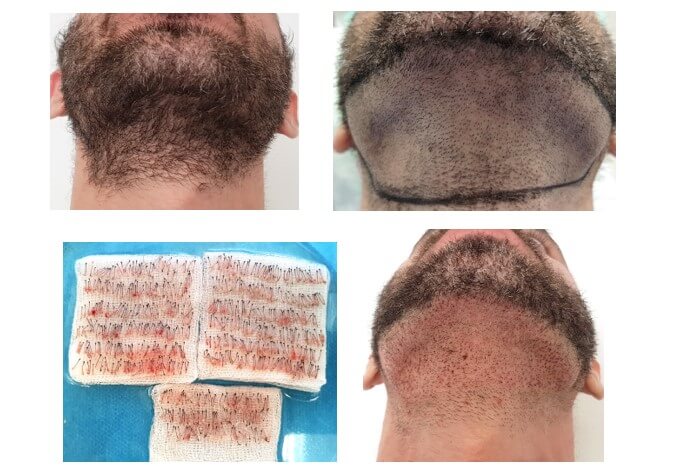
Benefits And Advantages Of Hair Transplant From Beard To Head
Here are some advantages of hair transplant from beard to head:
- Anyone with an insufficienct amount of scalp supply can benefit from the beard. Since facial hair and scalp hair have characteristics in common, the beard hair makes the best for donor area, right after scalp hair.
- Another advantage of facial hair is the hair density it will provide. The thickness of the facial hair will make voluminous hair. Especially the patients with thin hair will benefit the most from hair transplant from beard to scalp.
- Some men do not enjoy shaving every day and may like to get rid of their beards. So this is a great opportunity for them to find relief from extra hair on their faces.
- Facial hair is quite thick and strong as compared to scalp hair.
Disadvantages Of Hair Transplant From Beard To Head
Although hair transplant from beard to scalp offers several advantages, it is not safe from downsides. Here are some disadvantages of hair transplant from beard to head:
- Not everyone is a good candidate for this procedure. This is because some men have sparse hair on their faces. They simply cannot benefit from their beard as a hair supply.
- We normally have a few hair follicles in one graft. A graft is pieces of skin with hair follicles in it. Your doctor will not collect hair follicles but they will take out grafts. So if the hair follicles per graft are high, you will get more hair density. Beard has fewer hair follicles per graft; usually, each graft has one hair follicle.
- Beard thickness is higher than scalp hair, which will make a voluminous but maybe unnatural looking hair. Though this may not be a problem for scalp hair transplantation if the patient’s hairline does not need a hair transplant. However, if the patient has balding areas in the forehead line, the beard hair will not match the recipient area.
- Beard is more susceptible to shedding as it spends less time in the anagen phase. The anagen phase is the period that your hair grows actively. The longer you stay in this phase, the more hair you will have on your scalp. So, even though the beard is thick and strong, the chances of it shedding are higher.
Post-operative Care
As is the case with other hair transplant procedures, you will not feel pain during the procedure as your doctor will numb areas of surgery with a local anesthetic. Plus, it is easier for the beard to heal so the post-operative recovery period will pass quickly. You need to wait a few days before shaving. You can shave within 5 to 6 days after the procedure. There will be no visible signs of surgery within 10 days of surgery. However, you will have to wait almost a year to see the full results. Other than that you should be careful about not swimming, not going out in the sun in the first few days after the procedure. Plus you should stay away from smoking and alcohol for one week after the surgery. Do not touch or scratch your face, otherwise, you may hurt yet sensitive areas.

